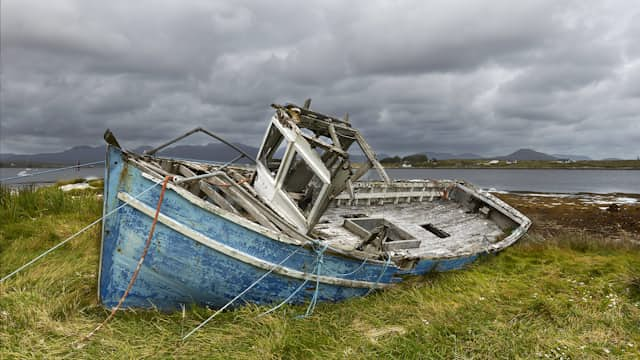
Reject jokes
My ex got into a bad accident recently. I told the doctors the wrong blood type. Now she will really know what rejection feels like.
I've sadly received a rejection letter from NASA. Strangely, it says there's no space on their training program.
What do you call a rejected guitarist who now lives on the beach?
A sea minor.
In preschool, I confessed my love to my crush, and she rejected me. As heartbroken as I was, I sucked it up and went back to teaching.
When rejected:
That's ok, the 3 other little pigs said no, too.
Memes
Your hairline's so far back, even Andrew Tate rejected it.
My crush rejected me 2 years ago, and I still have never moved on. I'll be over her when a train is over me.
Where do orphans get their stuff from?
The reject shop.
I got rejected from art school today, so yeah.
You call him the holy cross. I call it the rejected Smash character.
Suck!
Yo momma is so ugly, she gets rejected by dead people.
Stephen Hawking tried joining some music bands, but all of them rejected him... except Daft Punk.
Father: I'm taking your toys to the orphanage.
Child: But why?
Doctor: I'm going to have to turn you away.
Orphan: But why?
Yo mama is so ugly that James Charles rejected her.
I confessed to my crush in preschool. Unfortunately, she rejected me. I just carried on and got right back to teaching.
What color is Sonic's ball?
Blue because he keeps getting rejected.
Jesus got rejected. A few years later he died. He came back just to lose his virginity because even Jesus is not a fucking cunt.
Get off this site and go have some sex, you fucking virgins.
For centuries, Japan’s feudal dictators, called Shoguns, enforced strict laws that kept people from leaving or entering the country. This practice isolated Japan from the rest of the world. By the middle of the 19th century, Japan’s isolationism was creating problems for the United States’ whaling industry whose ships needed coal, food, and water available in Japanese ports. And sailors who were shipwrecked on the coast of Japan needed protection from mistreatment.
In November 1852, President Millard Fillmore sent an expedition to Japan to solve these problems. Led by Commodore Matthew C. Perry, the expedition had both steam-powered and sail-powered warships and several hundred men. Perry’s task was to persuade the Japanese to sign a treaty with the United States that would open Japanese ports and protect shipwrecked sailors. On July 8, 1853, the Perry expedition sailed into Edo Bay about thirty miles from the city of Edo (modern Tokyo).
During talks with the Shogun’s representatives, the idea of a treaty was repeatedly rejected. But Perry didn’t give up. Finally, in February 1854, the Japanese agreed to negotiate a treaty. The Treaty of Kanagawa established peace between the two countries, opened two ports to U.S. shipping, and protected shipwrecked sailors. It was signed on March 31, 1854.
Perry’s expedition also opened Japan to the rest of the world. Within two years, Japan signed similar treaties with Russia, Holland, and Britain.
Community
Yall... I just got rejected by explain bear..
My dearest friends and family, after seventeen years I have decided that instead of continuing to suffer in the disgusting place that is called “earth,” I have decided that Hell would suit me better. Yes, I didn’t say heaven, and that is because I have done nothing but sinned my way through life and I’m sorry. I’m sorry for rejecting help. I’m sorry for pushing you all to the sides and obsessing over myself. The only… Read more
The funny thing about society is that when a man gets bitches, they're considered as a pimp, a rizzler. But when it comes to women, they're considered as a whore, slut, and a prostitute. Another thing is that when a man rejects a woman, they're considered as being "sigma". On the other hand, if a woman rejects a man, they're considered as a "picky bitch". Man, I love society 😂
